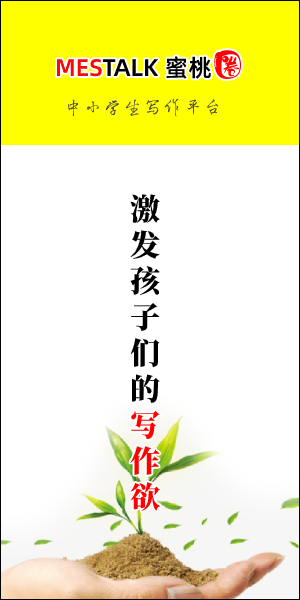Title: Crafting Effective Meeting Summaries for Professional Growth
Introduction: Work summary meetings are crucial for reflecting on accomplishments, addressing challenges, and strategizing for the future. The ability to document and communicate the outcomes of these meetings through comprehensive summaries is an essential skill for professional growth. In this article, we will explore the elements of an effective meeting summary and provide a sample template for crafting insightful and actionable documentation.
I. Overview of the Meeting: Begin the summary with a concise overview of the meeting, including the date, time, and location. Specify the participants present and note any special guests or absentees. This sets the context for the rest of the document and helps readers understand the scope of the discussions.
II. Agenda Review: Briefly outline the agenda items covered during the meeting. Highlight key topics and discussions, providing a roadmap for the reader. This section serves as a quick reference point for anyone reviewing the summary, allowing them to locate specific information efficiently.
III. Accomplishments and Achievements: Celebrate successes and accomplishments from the reporting period. Whether it's meeting project milestones, achieving sales targets, or successfully completing tasks, acknowledging achievements sets a positive tone for the summary. Use quantifiable metrics where possible to demonstrate tangible success.
IV. Challenges and Obstacles: Address challenges and obstacles encountered during the reporting period. This section should focus on identifying issues, understanding their impact, and proposing potential solutions. Clearly articulate any lessons learned and strategies for improvement. Acknowledging challenges demonstrates transparency and a commitment to continuous improvement.
V. Action Items and Next Steps: Document actionable takeaways from the meeting. Clearly outline tasks, responsibilities, and deadlines for follow-up actions. This section ensures accountability among team members and provides a roadmap for the implementation of decisions made during the meeting. A well-defined action plan contributes to the effective execution of strategies discussed.
VI. Future Planning and Strategy: Summarize discussions related to future planning and strategic initiatives. This could include setting goals for the upcoming reporting period, outlining key projects, or discussing changes in organizational priorities. Consider incorporating long-term vision and alignment with broader organizational objectives.
VII. Open Floor for Feedback: Encourage team members to provide feedback on the meeting structure, content, and overall effectiveness. This section allows for continuous improvement in the conduct of future meetings. Honest feedback fosters a culture of open communication and collaboration.
VIII. Closing Remarks: Conclude the summary with closing remarks, expressing gratitude to participants for their contributions and commitment. Reiterate the importance of the discussed initiatives and emphasize the collective effort required to achieve organizational goals.
Sample Meeting Summary Template:
lessI. Overview of the Meeting:
Date: [Date]
Time: [Start Time - End Time]
Location: [Meeting Location]
Participants: [List of Participants]
Special Guests/Absentees: [Special Guests/Absentees]
II. Agenda Review:
A. [Agenda Item 1]
- [Key Points Discussed]
B. [Agenda Item 2]
- [Key Points Discussed]
...
III. Accomplishments and Achievements:
- Celebrated [Specific Success/Accomplishment]
- Achieved [Quantifiable Metric]
IV. Challenges and Obstacles:
- Identified [Challenges/Obstacles]
- Impact Analysis
- Proposed Solutions and Lessons Learned
V. Action Items and Next Steps:
- [Task 1]
- Responsible: [Team Member]
- Deadline: [Date]
- [Task 2]
- Responsible: [Team Member]
- Deadline: [Date]
...
VI. Future Planning and Strategy:
- Discussed [Future Initiatives/Projects]
- Aligned with [Organizational Objectives]
...
VII. Open Floor for Feedback:
- Team members provided feedback on [Meeting Structure, Content, Effectiveness]
...
VIII. Closing Remarks:
- Expressed gratitude to participants
- Emphasized collective effort for organizational success
Conclusion: Crafting an effective meeting summary requires a balance between providing comprehensive information and maintaining conciseness. A well-documented summary serves as a valuable reference for team members and stakeholders, fostering transparency, accountability, and continuous improvement within the organization. As professionals, honing the skill of creating insightful meeting summaries contributes not only to individual growth but also to the overall success of collaborative endeavors.
